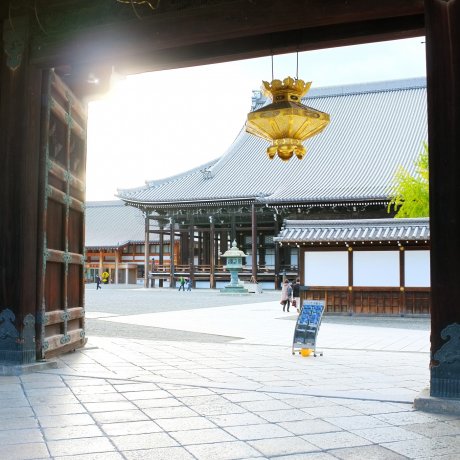 9
9
The Architecture of Nishi Honganji
Irma SyahriarNishi Honganji Temple is one of the largest temples in Japan that should be on your list of things-to-see in Kyoto.
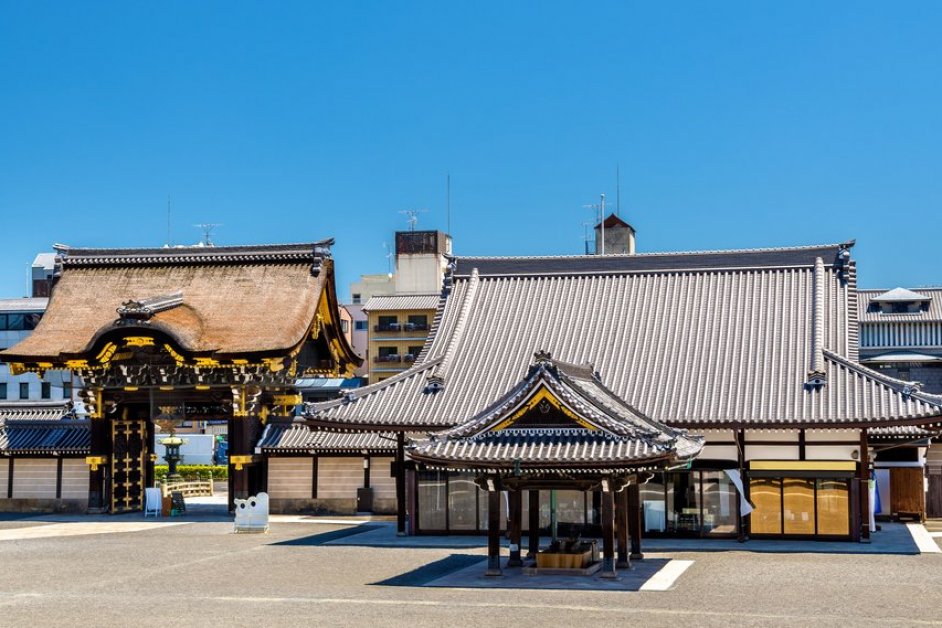
Nishi Hongan-ji is a large Buddhist temple west of Kyoto train station. Together with Higashi Hongan-ji, together with Nishi Hongan-ji, it is one of the two temple complexes of Shin Buddhism in Kyoto. It currently also serves as the main temple of the Jodo -Shin sect, one of the largest Buddhist sects in Japan with over 10,000 sub-temples across the country and 200 temples overseas.
Built in 1591 by Toyotomi Hideyoshi, the building is a great example of the architecture of the Momoyama Period and the Early Edo Period. The two largest structures by Nishi Hongan-ji are the Goeido Hall, the largest wooden structure in Kyoto, and the Amidado Hall. Nishi Hongan-ji is also one of the 17 UNESCO World Heritage Sites in Kyoto.
A small Japanese garden called Shoseien is a few blocks east of Higashi Hongan-ji. Nowadays the garden with its pond and the particularly beautiful autumn colors is open to the public.
This impressive golden gate is known as the Karamon, or “Chinese Gate”. It is also said to be the “all day gate”, as one can spend all day admiring its ornate carvings and design. Originally built around 1598, the Karamon was meant to be part of Toyotomi Hideyoshi’s castle. It has since been designated as a National Treasure, one of only six such structures to attain this status.
Goeido, also known as the Founder’s Hall, is the main building of Nishi Hongwan-ji. After being rebuilt it 1636, it has since been designated as a National Treasure. The single-storied building has the image of Shinran (the founder of Shin-Buddhism) enshrined in its central altar.
Known also by the name of Amida Hall, this building was rebuilt in 1760 and serves as the temple’s main worship hall. It was also designated as a National Treasure, along with the Goeido. Inside, there is a wooden sculpture of Amida Buddha, surrounded by images of six of the Seven Pure Land Masters.
More than 400 years old, this Great Gingko Tree stands outside the Goeido. The tree’s branches appear to stretch upwards towards the sky, making it appear like an upside-down gingko tree. During autumn, the Great Gingko tree delights visitors who come to see its beautiful golden leaves. Kyoto city has also designated it to be a Natural Monument.
 9
9
Nishi Honganji Temple is one of the largest temples in Japan that should be on your list of things-to-see in Kyoto.
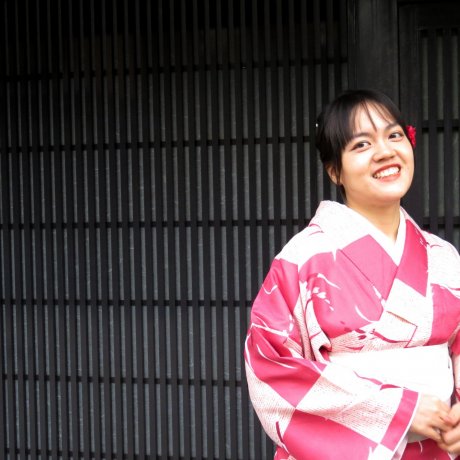
I have been to Kyoto a dozen times, but it is only now when it has sunk in, as to what this place is all is about.

The RIHGA Royal Hotel Kyoto completed a full-scale renovation in September 2016.
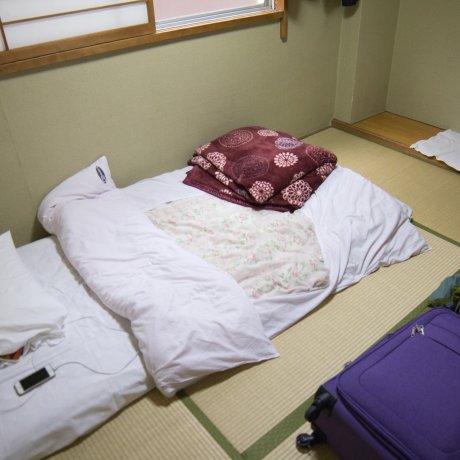
This lovely little guest house is located in an authentic local area around Kyoto Station. There are private tatami rooms and bathrooms,..
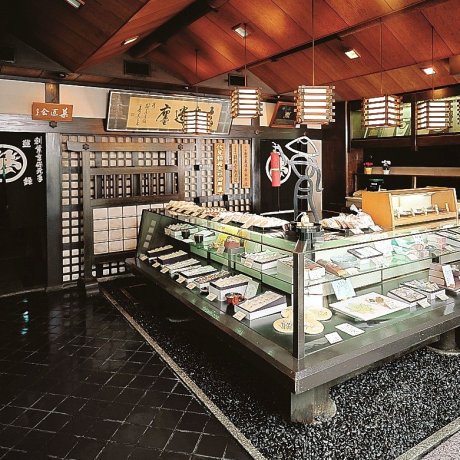
The names given to Wagashi are invariably connected with nature and the changing seasons.

After reading many raving reviews about Ginjoramenkubota in Shimogyoko, Kyoto, I decided that it was time to “pop my ramen che..
 7
7
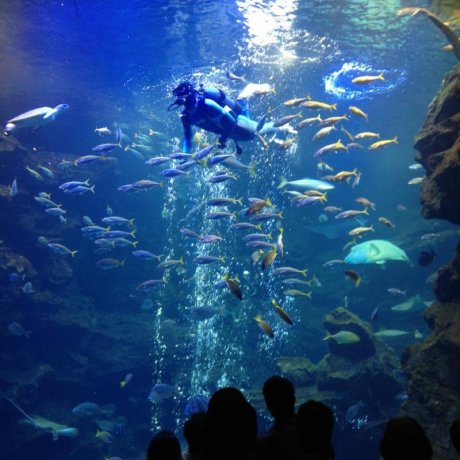
Kyoto Aquarium is located on the edge of Umekoji Park near Kyoto Station. The aquarium features 9 zones including penguins, seals and dolphin shows.
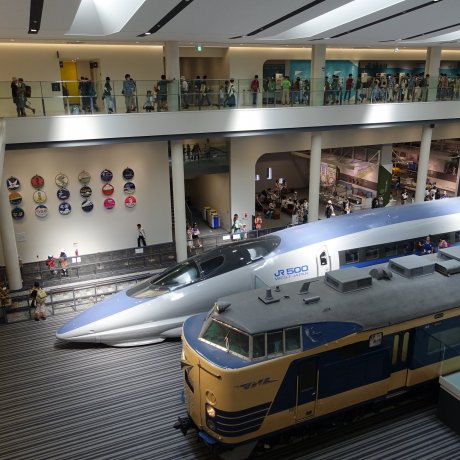
The Kyoto Railway Museum opened to the public on April 29, 2016, and is an opportunity to experience Japan's progress in modernization through its..

Kyoto Tower is an observation tower located in Kyoto, Japan. The steel tower is the tallest structure in Kyoto with its observation deck at 100 metres..
Your feedback has been sent.